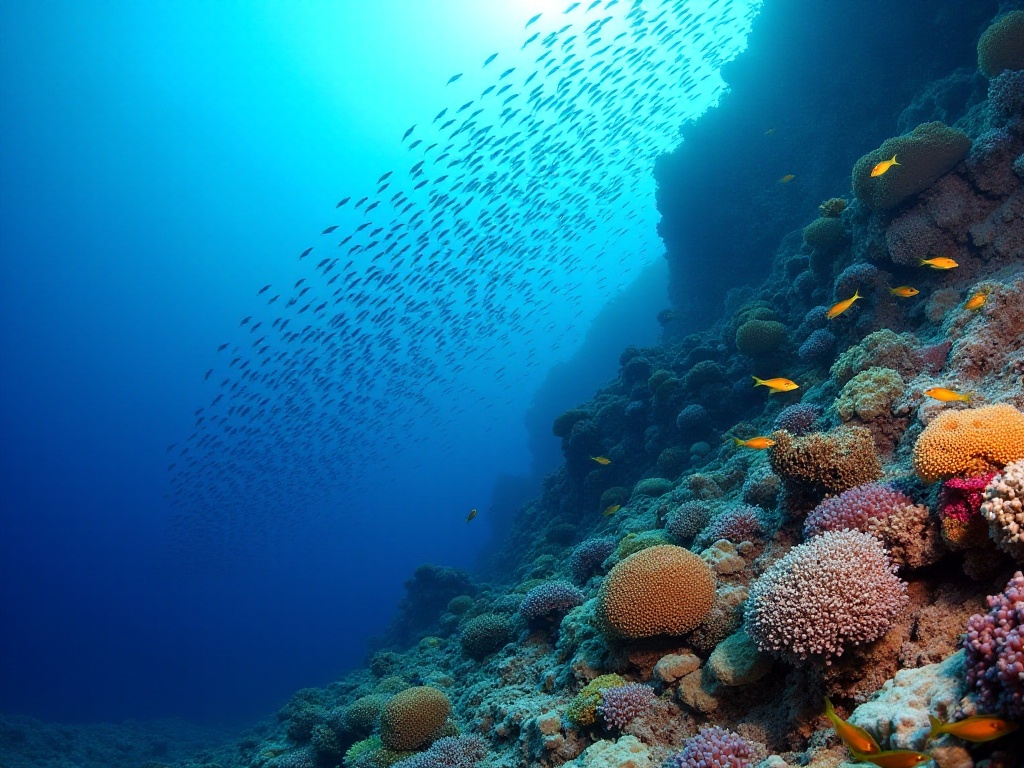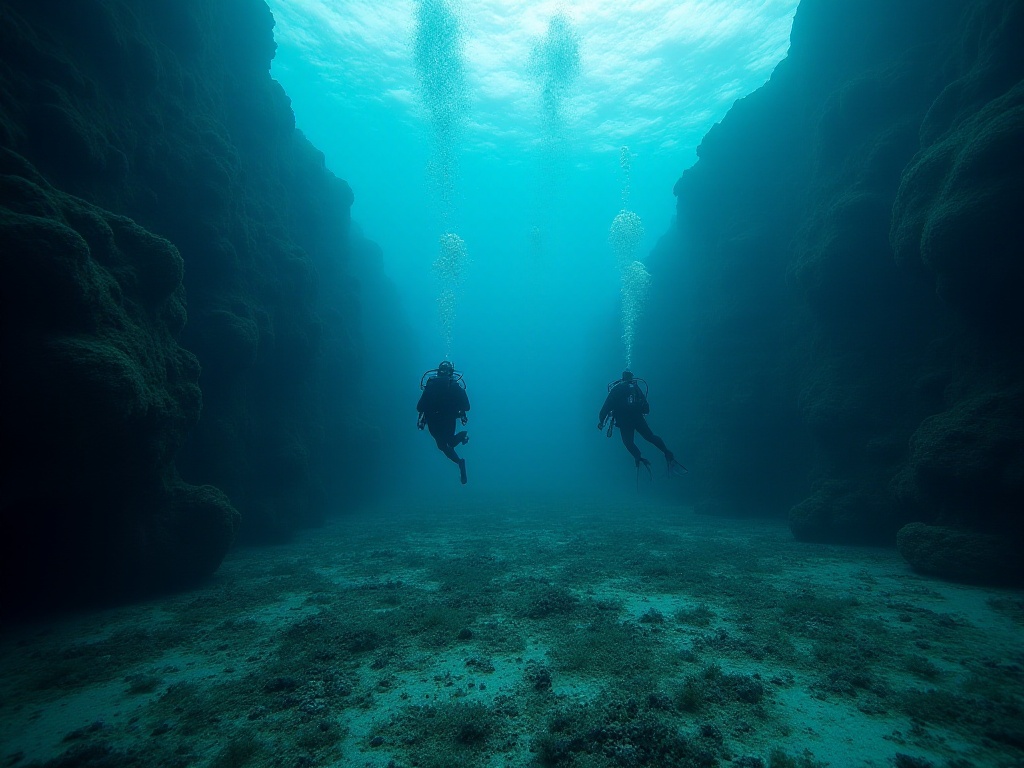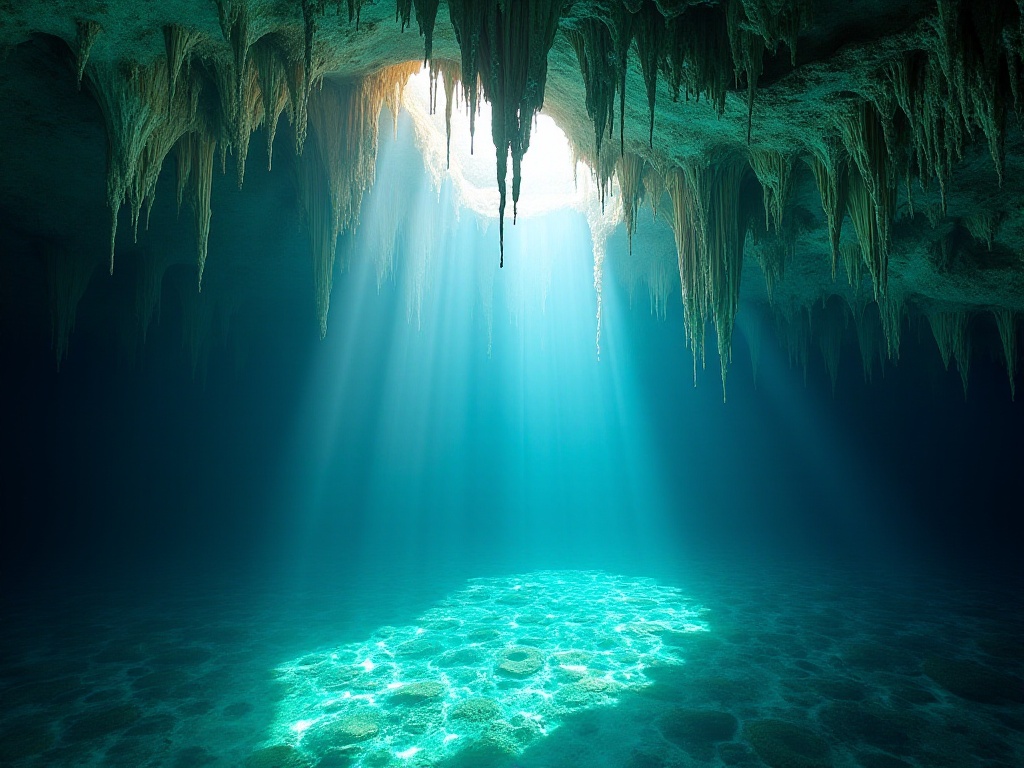Origins
Have you ever dreamed of dancing with groups of sea turtles and manta rays in pristine waters? Or encountering colorful tropical fish in a vibrant coral garden? As a diving enthusiast, I've been to many diving destinations, but Raja Ampat in Indonesia left the deepest impression on me.
Let me take you into this underwater paradise known as the "Land of Four Kings."
Uniqueness
Why is Raja Ampat considered one of the world's best diving destinations? It starts with its privileged geographical location.
Indonesia straddles the equator, comprising over 13,000 islands, and is at the heart of the famous "Coral Triangle." Raja Ampat is located in eastern Indonesia, right at the confluence of the Pacific and Indian Oceans. The interweaving currents here bring rich nutrients for marine life, creating breathtaking biodiversity.
According to the latest marine life census data, Raja Ampat has over 1,427 fish species and more than 700 coral species, representing nearly 75% of all known coral species globally. Here, you can see more species than in the entire Caribbean region combined.
Dive Sites Overview
Raja Ampat has over 200 dive sites, and in my two weeks there, I only experienced a small portion. Let me introduce you to some of the most distinctive sites.
Cape Kri is one of the most renowned dive sites here. Scientists recorded 374 fish species during a single survey at this site, setting a world record. When diving here, I'll never forget being surrounded by countless schools of batfish. Hundreds of fish swimming past you feels like being inside a flowing silver curtain.
Melissa's Garden offers a different style. The soft corals here are colorful and varied, like an underwater fairy tale garden. Purple sea fans, pink soft corals, and orange anemones sway in the clear water, creating a stunning scene.
Seasonal Choice
While Raja Ampat is suitable for diving year-round, the best viewing period is between October and April of the following year. Visibility is best during this time, reaching over 30 meters. I went in November when the sea conditions were particularly calm, suitable for divers of all levels.
However, July to September is the dry season, and while there's less rainfall, the waves are bigger, making some offshore dive sites inaccessible. According to local dive shop statistics, the boat departure rate during this period is only about 50%.
Trip Recommendations
To fully experience Raja Ampat's underwater world, I recommend planning at least a 7-day trip. If time permits, 10 days to two weeks would be better.
I suggest staying at a dive resort or joining a liveaboard trip. While liveaboards are more expensive, they can reach more remote dive sites, offering richer underwater experiences. Based on my experience, an 8-day-7-night liveaboard trip costs around $3,000-4,000 per person, including accommodation, meals, dive equipment rental, and professional instructor services.
Equipment Preparation
Although local dive shops provide full equipment rental services, I recommend bringing at least your own mask, snorkel, and dive computer. This personal equipment affects diving comfort and safety.
Regarding water temperature, Raja Ampat maintains 27-30 degrees Celsius year-round, so a 3mm wetsuit is sufficient. If you're sensitive to cold, consider a 5mm suit. On my first trip, I only brought a 3mm wetsuit and felt a bit cold after several consecutive days of diving, so I switched to a 5mm for my second trip.
Important Notes
While Raja Ampat is suitable for divers of all levels, I recommend having at least an Open Water (OW) certification and more than 10 dives of experience. Some sites here have strong currents that require certain experience to handle.
According to local dive shop statistics, about 85% of divers choose to take the Advanced Open Water (AOW) course annually. This is indeed a good choice, allowing you to safely experience deeper dive sites under professional instruction.
Additionally, it's recommended to book your trip 3-6 months in advance. Raja Ampat has limited accommodation and liveaboard spots, especially during peak season (December to February), when vacancies are often scarce. Statistics show occupancy rates exceed 95% during peak season.
Ecological Conservation
As responsible divers, we must recognize the fragility of coral reef ecosystems. While Raja Ampat is well-preserved, it still faces threats from global warming and overfishing.
The local government established a marine protected area in 2007, covering 114,000 square kilometers. You need to pay a one-time entrance fee (about $100), which goes toward protected area management and maintenance. Since the protected area's establishment, coral coverage has increased by 35%, and fish populations have more than doubled.
Personal Reflections
During my two weeks in Raja Ampat, I completed 22 dives. Each dive was a different experience, each bringing new surprises.
The most memorable was encountering a group of manta rays at Blue Magic dive site. I was at 18 meters depth when I suddenly saw large dark shadows slowly approaching from a distance. As they came closer, I realized it was a group of over twenty manta rays. They gracefully circled above us, their spread wings dancing in the deep blue water.
Such experiences made me deeply appreciate how the ocean's magic and grandeur far exceed our imagination. Each dive is the most intimate dialogue with nature.
Would you also like to visit this underwater paradise and find your own unforgettable memories? Feel free to share your diving stories in the comments.
Future Outlook
As global tourism recovers, Raja Ampat is attracting more and more diving enthusiasts. According to local tourism bureau data, annual visitors are expected to increase from the current 20,000 to 50,000 within the next five years.
This presents both opportunities and challenges. How to develop tourism while protecting this precious underwater ecosystem requires joint efforts from the government, tourism industry, and every visitor.
I believe that if we approach this marine area responsibly, Raja Ampat can forever maintain its magic and beauty, continuing to preserve this underwater Eden for future generations.
What are your thoughts about Raja Ampat? Would you like to dive here too? Let's look forward to our next underwater encounter.




